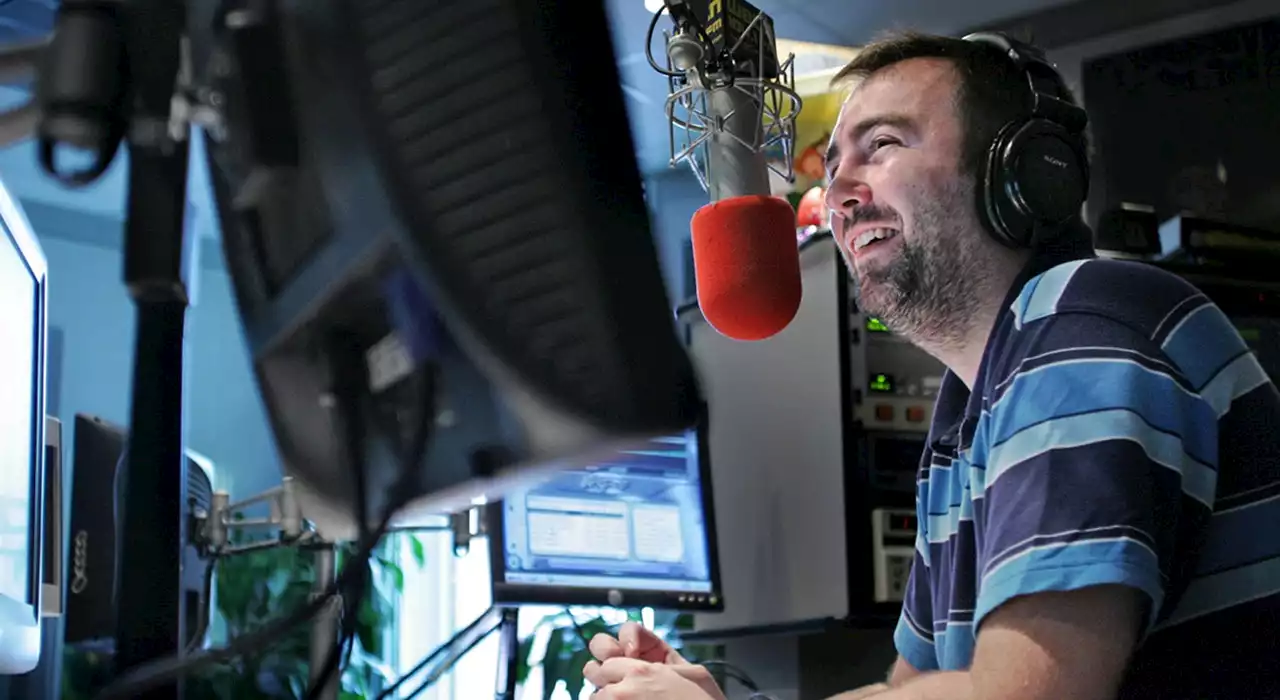After upgrading the radio telescope array at Westerbork, The Netherlands, astronomers have found five new Fast Radio Bursts. The telescope images, much sharper than previously possible, revealed that multiple bursts had pierced our neighboring Triangulum Galaxy. This allowed the astronomers to deter
Fast Radio Bursts, FRBs, are among the brightest explosions in the universe. The bursts mainly emit radio waves. The flashes are so powerful that radio telescopes can detect them even from over four billion light years away. That continued visibility over such vast distances means the bursts contain immense amounts of energy. When it goes off, a single FRB contains ten trillion times the annual energy consumption of the entire world population.
This gigantic energy generation makes FRBs highly interesting. Many astronomers think they are emitted by. The density and magnetic field strength of those extremely compact stars is unique in the universe. By investigating the flashes, astronomers aim to better understand the fundamental properties of the matter that makes up the universe. But studying these flashes is difficult. No one knows where in the sky the next burst will go off.
Powered by new receivers and a new supercomputer , Westerbork has now discovered five new FRBs. It also immediately pinpointed them, says principal investigator Joeri van Leeuwen : “We now have an instrument with both a very wide field of view and very sharp vision. And all this live. That is new and exciting.”
Previously, radio telescopes such as Westerbork detected FRBs as with the compound eyes of a fly. Flies can see in all directions, but blurred. The Westerbork upgrade is like cross breeding the eyes of a fly with that of an eagle. The ARTS supercomputer continuously combines the images from twelve Westerbork dishes to create a sharp picture over a massive field of view. “One cannot just go buy the complex electronics you need for this,” says system architect Eric Kooistra .
Reference: “The Apertif Radio Transient System : Design, commissioning, data release, and detection of the first five fast radio bursts” by Joeri van Leeuwen, Eric Kooistra, Leon Oostrum, Liam Connor, Jonathan E. Hargreaves, Yogesh Maan, Inés Pastor-Marazuela, Emily Petroff, Daniel van der Schuur, Alessio Sclocco, Samayra M. Straal, Dany Vohl, Stefan J. Wijnholds, Elizabeth A. K. Adams, Björn Adebahr, Jisk Attema, Cees Bassa, Jeanette E. Bast, Anna Bilous, Willem J. G.
Malaysia Latest News, Malaysia Headlines
Similar News:You can also read news stories similar to this one that we have collected from other news sources.
 Galaxy Z Flip 5 and Galaxy Z Fold 5: Why Samsung has chosen to play favoritesLooks like Samsung has a favorite child.
Galaxy Z Flip 5 and Galaxy Z Fold 5: Why Samsung has chosen to play favoritesLooks like Samsung has a favorite child.
Read more »
 Scientists Detect 'Heartbeat-Like' Signal From the SunA team of researchers has made an unusual discovery: a series of 'heartbeat'-like radio bursts emanating from a solar flare above the Sun's surface.
Scientists Detect 'Heartbeat-Like' Signal From the SunA team of researchers has made an unusual discovery: a series of 'heartbeat'-like radio bursts emanating from a solar flare above the Sun's surface.
Read more »
 Longtime Boston sports radio host to get throat surgery, thanks caller who 'saved my life'Boston sports talk radio host Fred Toucher announced that he will undergo throat surgery after a listener put him in touch with a doctor who can help.
Longtime Boston sports radio host to get throat surgery, thanks caller who 'saved my life'Boston sports talk radio host Fred Toucher announced that he will undergo throat surgery after a listener put him in touch with a doctor who can help.
Read more »
 ‘Scream VI’ Filmmaking Team Radio Silence Tackling Horror Movie for UniversalMatt Bettinelli-Olpin and Tyler Gillett, who helmed the recent 'Scream' movies, will direct the untitled project.
‘Scream VI’ Filmmaking Team Radio Silence Tackling Horror Movie for UniversalMatt Bettinelli-Olpin and Tyler Gillett, who helmed the recent 'Scream' movies, will direct the untitled project.
Read more »
